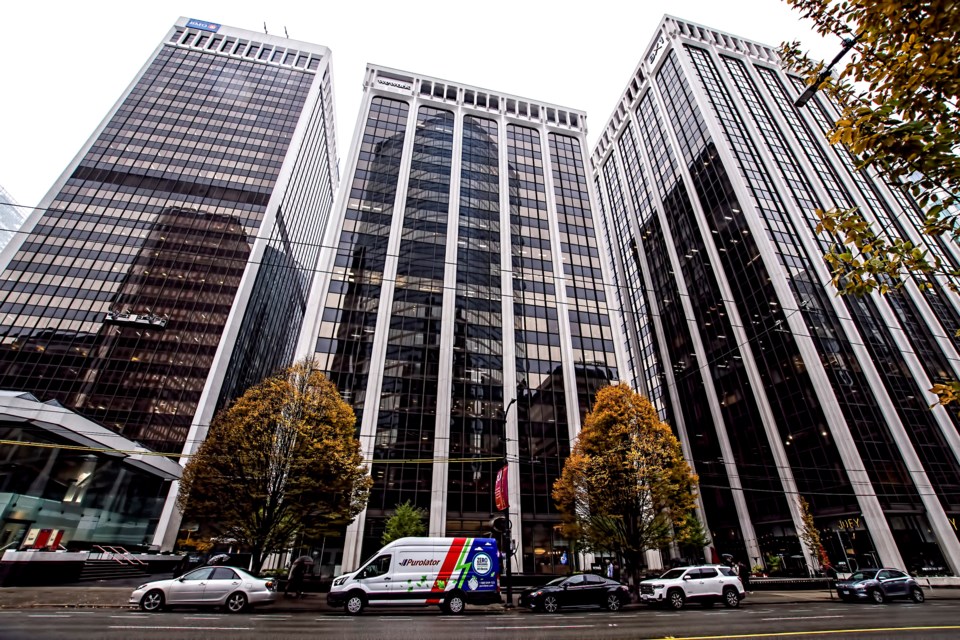Commercial real estate in Vancouver is adjusting to new realities as two typically tight markets see increases in available space.
Both the industrial and office real estate asset classes are coming off record new supply deliveries, said Jason Kiselbach, managing director for CBRE Group Inc.’s (NYSE: CBRE) operations in sa╣·╝╩┤½├Į
Office vacancy in downtown Vancouver decreased slightly to 11 per cent, with suburban levels also falling to 7.7 per cent in the last quarter of 2023, according to Jan. 9 data from the commercial real estate firm.
While Vancouver’s vacancy may seem historically high, it is lower than sa╣·╝╩┤½├Į’s overall downtown vacancy of 19.4 per cent. Downtown Toronto at 17.4 per cent.
“The big supply cycles already delivered and there isn't a next wave of new construction coming that's going to add a bunch more vacancy, so we know the supply that we're working with,” said Kiselbach, who added that the demand side of the equation was stronger than expected.
There was approximately 300,000 square feet more of space leased than what was vacated in 2023. In addition, there were 13 full floor leases in Class A office space in the fourth quarter alone.
This demand comes from industries such as tech, media, natural resources, professional services and law firms, said Kiselbach.
“There was a time where all we were talking about was tech, but what works to our benefit is the fact that we are diversified. … There's not one industry that's punching above its weight class. We're seeing decent demand from a broad group of industries that make up the local economy.”
Industrial availability also increased in the last quarter of 2023 to 3.2 per cent, according to CBRE.
Over the course of last year, 7.2 million square feet of new supply was added to the market with an additional 1.6 million square feet coming online last quarter, of which 88 per cent was pre-committed.
“It’s probably healthy to see some new vacancy and availability in those markets, so tenants have some options to look at,” said Kiselbach.
“Going into this year, there's less new supply being delivered than there was last year. As demand normalizes or begins to pick up again, we'll see the vacancy rates stabilize or come down again.”
Another 4.5 million square feet of new industrial space is in the pipeline for 2024.
Going forward for the office and industrial asset classes, “stability is the key word in both of them,” said Kiselbach.
Key questions for these markets in the new year centre on whether office vacancy will “sit where it’s at or start to decline as there's no new supply?”
“Same thing for industrial, is the vacancy and availability rate going to sort of stabilize where it's at now in that low three per cent. And then with supply deliveries coming down and demand potentially starting to turn a corner, is that the end of the increasing vacancy and availability?” said Kiselbach.


